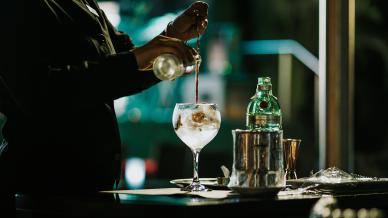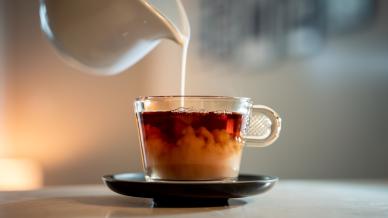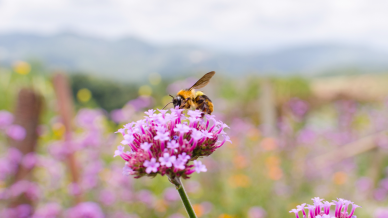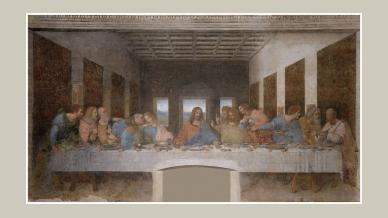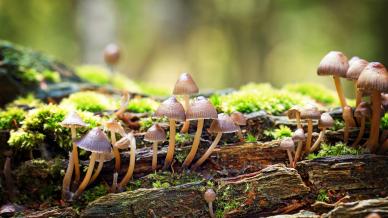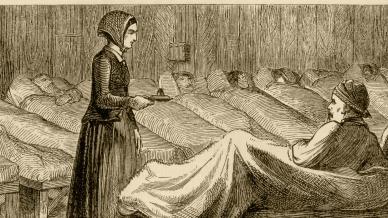In 2008, there were only 12 gin distilleries in the UK. Today, there are over 800, with almost 80 million bottles sold every year. Gin has now leapfrogged whisky and vodka to become the country’s most popular spirit.
Why has this happened? The answer, remarkably, is 325 years in the telling.
The origin (no wordplay intended) dates back to 1689 and the coronation of William III as king of Britain. William of Orange, as he was better known, brought his taste for juniper-infused spirits over from his native Holland. Previously, gin was viewed as an unpatriotic drink, as Britain had regularly fought the Dutch in recent decades. Soon, however, gin became the national tipple and a sign of loyalty to the new king. France was the enemy now, and the last thing the treasury wanted was British gold buying French brandy.
Legislation lowered the duty paid on gin made from English grain and raised it on other drinks such as beer. Aristocratic landowners immediately jumped on board, keen to curry royal favour and also make a profit on their wheat harvests. The king’s physician fanned the flames, convincing courtiers that gin was a drink to cure any ailment, especially the dreaded plague. Soldiers, always fond of a stiff drink, necked gin before a battle to gain ‘Dutch courage’.
To say that the country found a taste for gin was an understatement. The spirit could be produced easily, cheaply and anywhere. ‘Madame Geneva’ quickly became the working-class staple and it was especially popular with women, earning the nickname ‘Mother’s Ruin’. Even children drank gin. Infant mortality spiked as their parents hit the bottle.
Within 40 years, at the height of the Gin Madness that stupefied London, 10 million gallons were consumed every year across the capital’s 7,000 ‘dram shops’. Just under half of the British wheat harvest was mashed, fermented and distilled into gin. For the first time in living memory, the death rate surpassed the birth rate, while robbery increased dramatically to fund the habit. Novelist and magistrate Henry Fielding was so worried about the gin craze, that he feared that soon there would be "few of the common people left to drink it".
Drunk for a penny
A quart of beer cost fourpence, but you could get “drunk for a penny, dead drunk for a tuppence and clean straw for nothing” by entering a gin den. Eventually, Parliament was forced to take action, although given its members were all landowners with a vested interest, their response was half-hearted at best.
Regulation created a thriving black market. Attempts to reduce consumption were greeted with riots. Life for poor city-dwellers was grim, so gin provided one of the few escapes from its drudgery. The more the government legislated, the more gin was drunk.
Eventually, the situation became too dire to tolerate. The Gin Act of 1751 mandated that gin sellers buy a licence for £10 a year. The government-backed it up with fines, whippings and even deportation for repeat offenders. These draconian measures helped to stamp out the back street stills. Meanwhile, grain prices had gone up, meaning landowners were no longer concerned about selling off surplus grain. Gin became more expensive – and the craze that had brought the country close to paralysis for most of a century fell off the wagon.
A clean finish
Of course, that wasn’t the end of the gin story. Opulent gin palaces gave the drink a veneer of respectability in the early Victorian era. The spread of the British Empire into malaria-infested Africa created a need for bitter-tasting quinine, which was masked in that most quintessential of English drinks: the G&T. “The gin and tonic has saved more Englishmen’s lives, and minds, than all the doctors in the Empire,” declared Winston Churchill.
But where’s the connection to the recent surge in popularity for craft gin? Could it be that that we have finally overcome our hangover from the 1700s?
No, it’s because the 1751 legislation dictating that only distilleries of a certain size could be licenced by the government was dismantled in 2008. Overnight, wannabe gin makers were able to set up commercial stills in their backyards, garden sheds, or even bedrooms if they so wished.
Today, farm shops, street stalls and supermarkets are crammed with ingenious names and ornate bottles filled with delicious gins, if that’s your thing. Tonic water has seen similar disruption, exploding from one major vendor and flavour to countless others.
As the historian Pen Vogler notes in her book “Scoff: A history of food and class in Britain”, the gin market today offers “a dirty flirtation with the past and a clean finish”.
Cheers to that.
